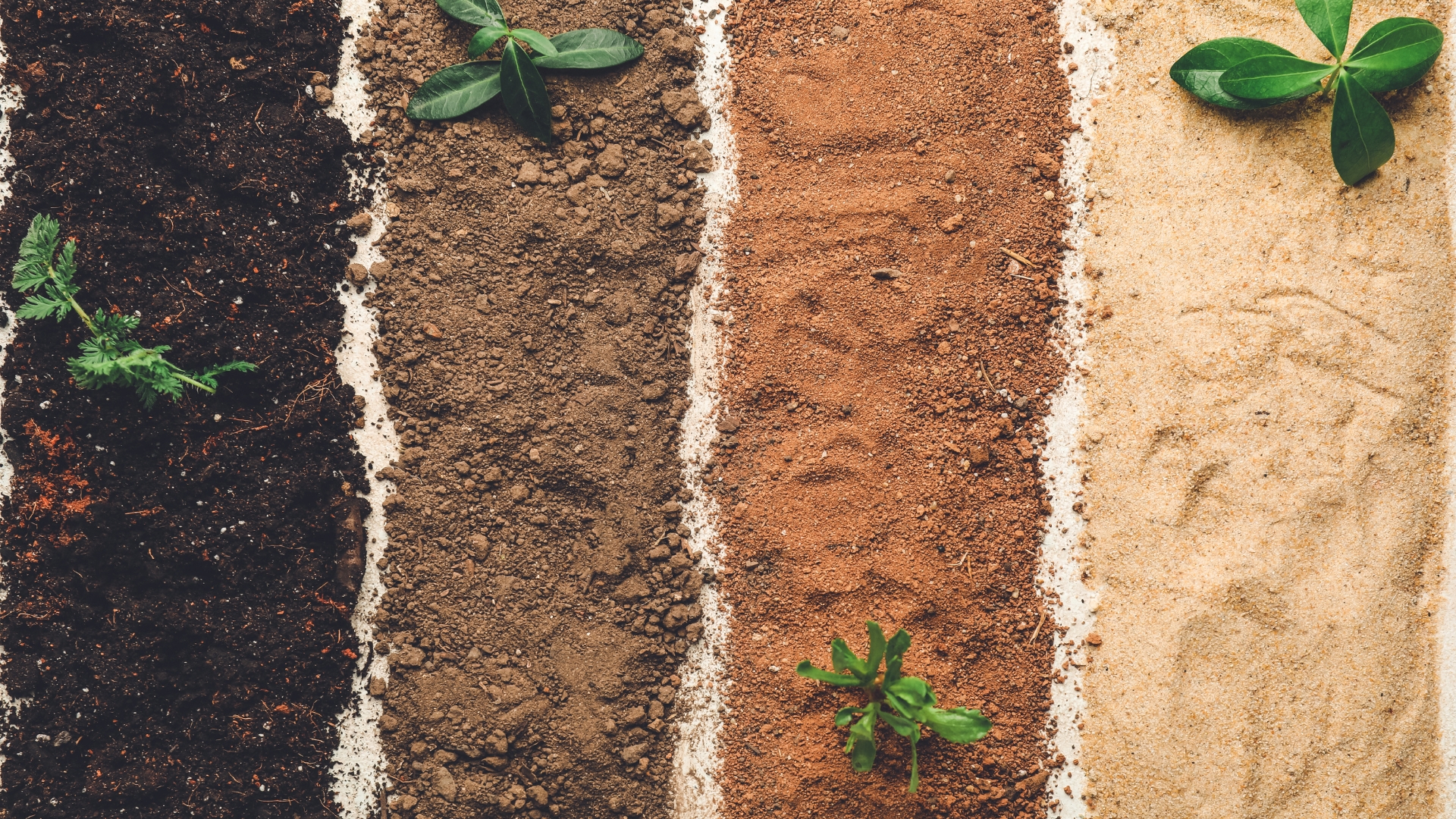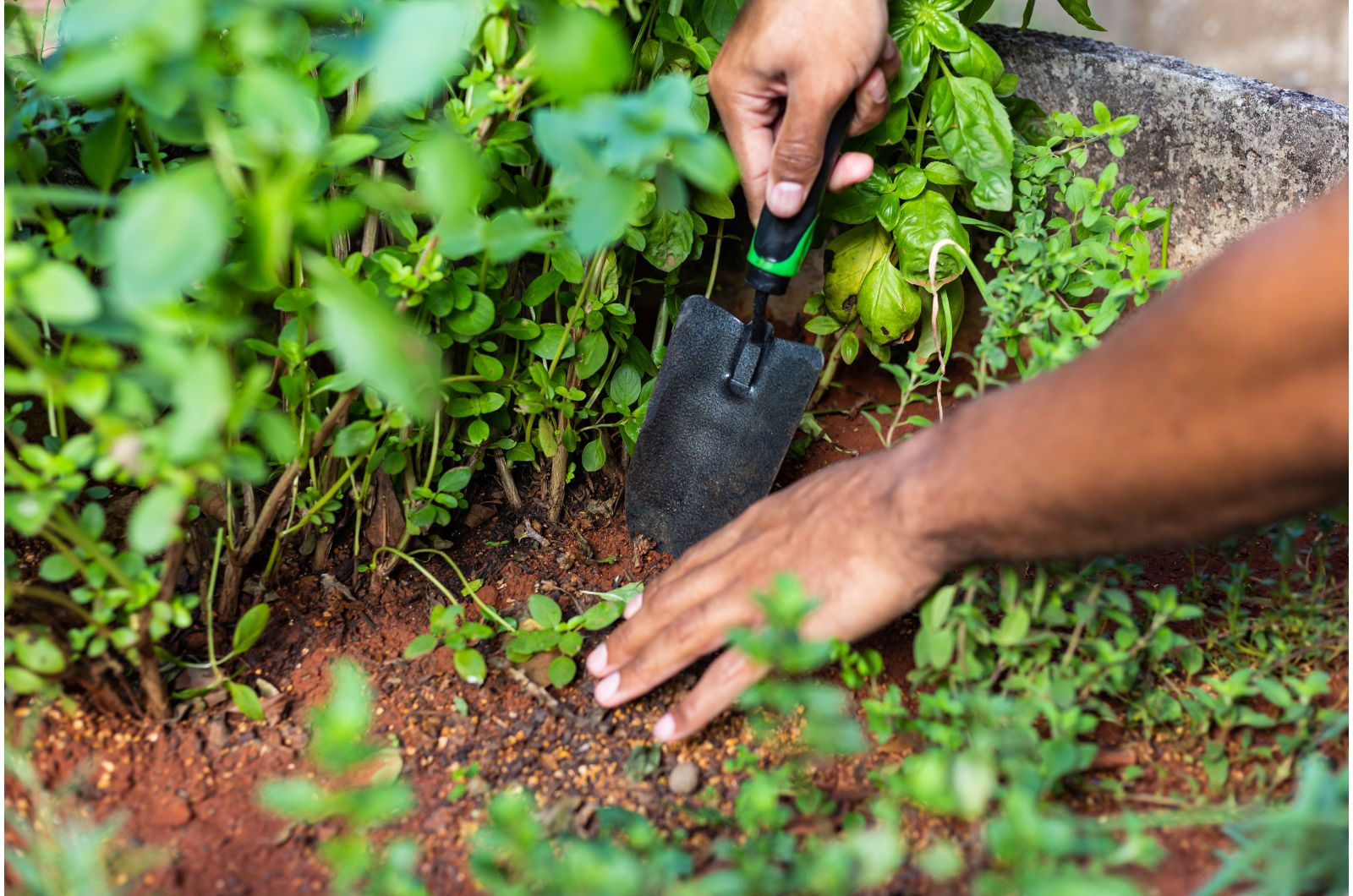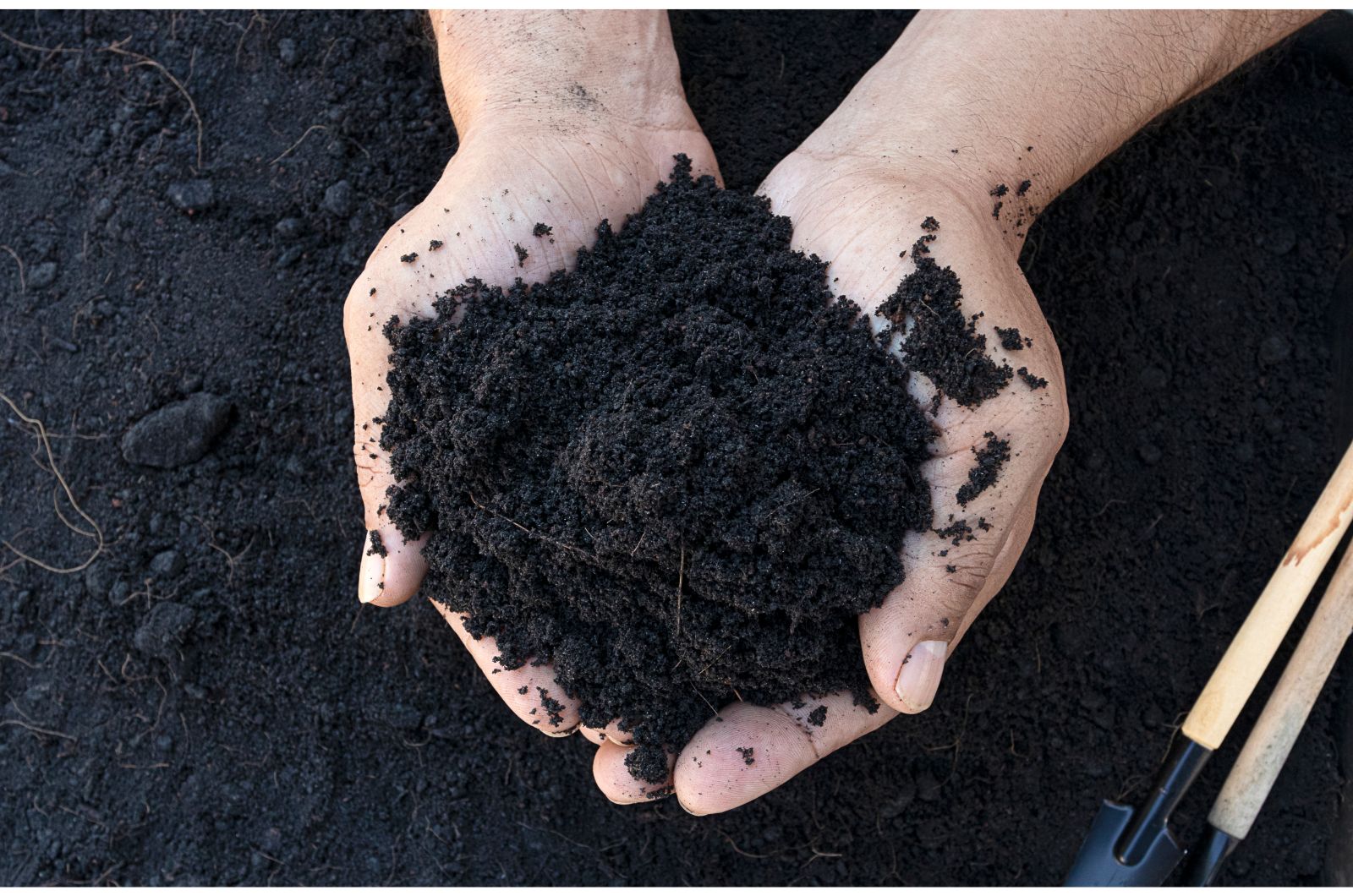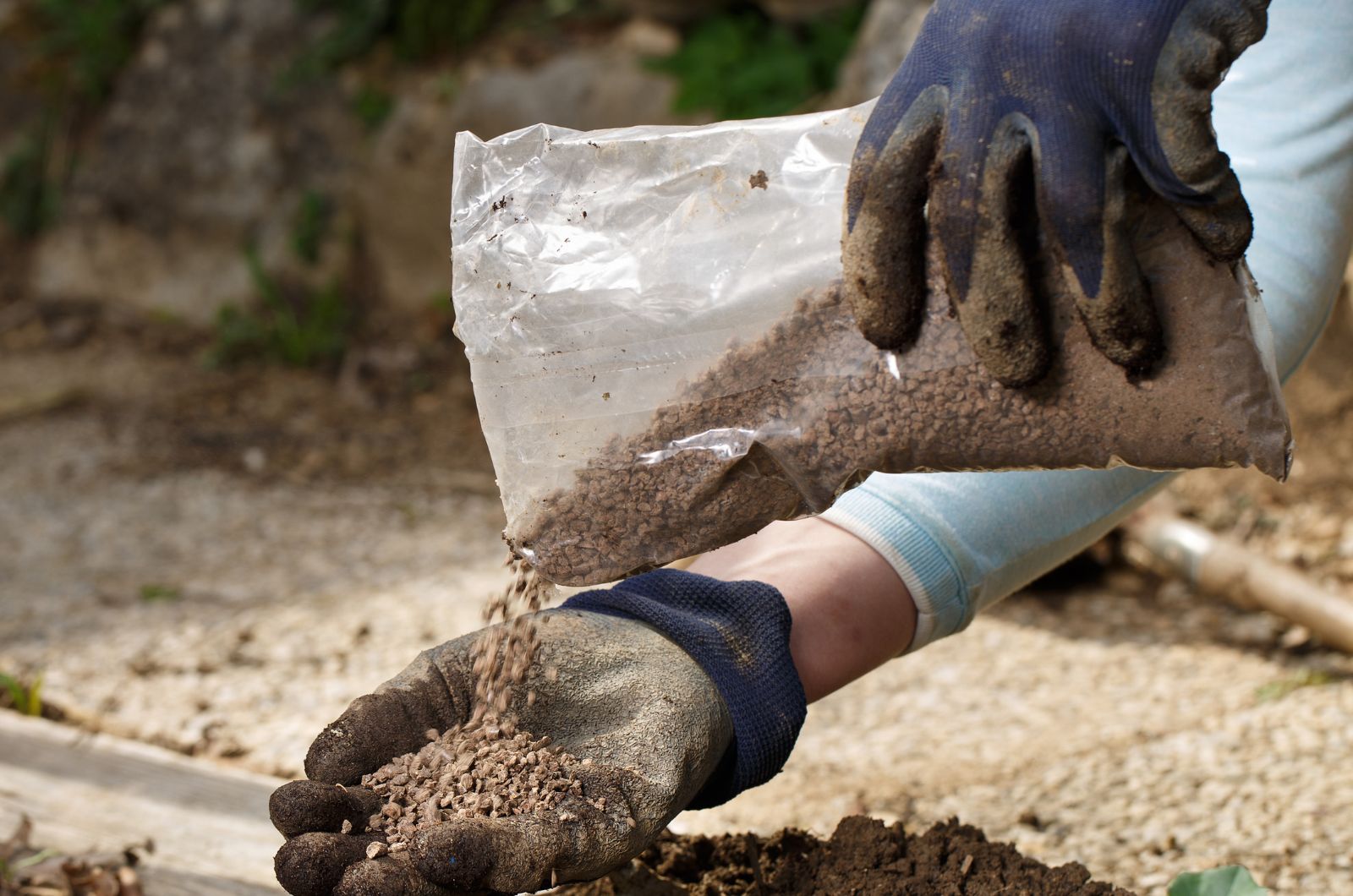Beginner growers typically focus on planting and maintaining their new plants. This is, of course, necessary, but what many forget is the importance of soil quality for each plant species.
And when it comes to the topic of soil, many gardeners typically discuss nutrients. My long gardening experience has taught me that even the color of the soil matters and we can learn so much about the growing substrate just by looking at it.
In this article, I’ll explain to you what the color of your garden soil means in detail and which info we can actually get by observing it.
Let’s get started!
Brown Or Dark Brown Soil
Soils in brown shades are most typical in our gardens and, in most cases, it means that it’s full of nutrients and has excellent air circulation.
Our green buddies highly benefit from a balanced ratio of minerals and organic matter, and that’s exactly what brown soil has to offer.
Dark brown growing substrates are renowned for their moisture retention and many plants thrive in such conditions.
Yellow Or Sandy
If your soil is yellow in color and has a sandy texture, it means that it is porous and has excellent drainage.
However, the problem with such soils is that they aren’t rich in nutrients and don’t retain enough moisture.
As we already know, our plants need moisture to develop healthily, so you’ll most likely need to amend your soil to make it more nutritious and enhance drainage.
Red Or Orange
Reddish or orange hues aren’t very common but that doesn’t mean they aren’t beneficial. They may not contain the same amount of nutrients as brown soils but there are plant species that are accustomed to such nutrient levels.
Iron oxides are actually the ones responsible for the color (1). But we should be careful with these soils because some plants are sensitive to too much iron and they’ll struggle to grow.
Black Or Dark Gray
I’m sure that you already know that the term black gold means that something is amazing. Well, for gardeners, this black gold is actually soil with black or dark gray hues.
These are the most nutritious soils and contain a lot of organic matter which can support the growth of numerous plants. The best compost heaps frequently contain this soil.
Gray Or Bluish Gray
If your growing substrate is gray or bluish-gray, it means that it doesn’t have good drainage and the oxygen levels are very low.
These soils are very prone to waterlogging, which can lead to rotting and various other issues in our plants. Your first step should be to enhance drainage by adding some free-draining ingredients.
Another problem with these soils is acidity, and many plants can’t withstand it so you’ll most likely need to add limes or similar ingredients to raise the pH level.
White/Pale Soil
While/pale soils are the opposite of gray or bluish-gray soils and they’re known for high alkalinity.
These soil types are frequently found in arid regions and not many plants can survive in those conditions.
If your soil is white, you can enrich it with sulfur and in that way decrease pH levels.
How To Interpret Soil Color
Now that we have covered everything related to soil color, let’s see what else we can do to make things better.
• Test the soil: Soil color can give you insight into soil structure and nutrient amount, but you can also perform a soil test. After the test, you’ll have the precise info and know if you should make some changes.
• Amend it: Luckily, there are many ways to improve our soil and various ingredients to use. For example, you can fix acidity/alkalinity when preparing your soil for planting by adding lime or sulfur.
Adding organic matter or compost to the growing substrate is the best way to increase nutrient levels and improve moisture retention.
• Select the right plants: You don’t have to always amend your soil. Different plants thrive in different soils, so if you have acidic soil, plant azaleas.
The Bottom Line
Soil quality is a crucial factor in gardening and choosing the right growing substrate is the best way to ensure the healthy development of our plants.
Follow our guidelines to understand your soil type and make your gardening a more pleasant experience!
References
1. Oades, J. M. (1963). The nature and distribution of iron compounds in soils.





